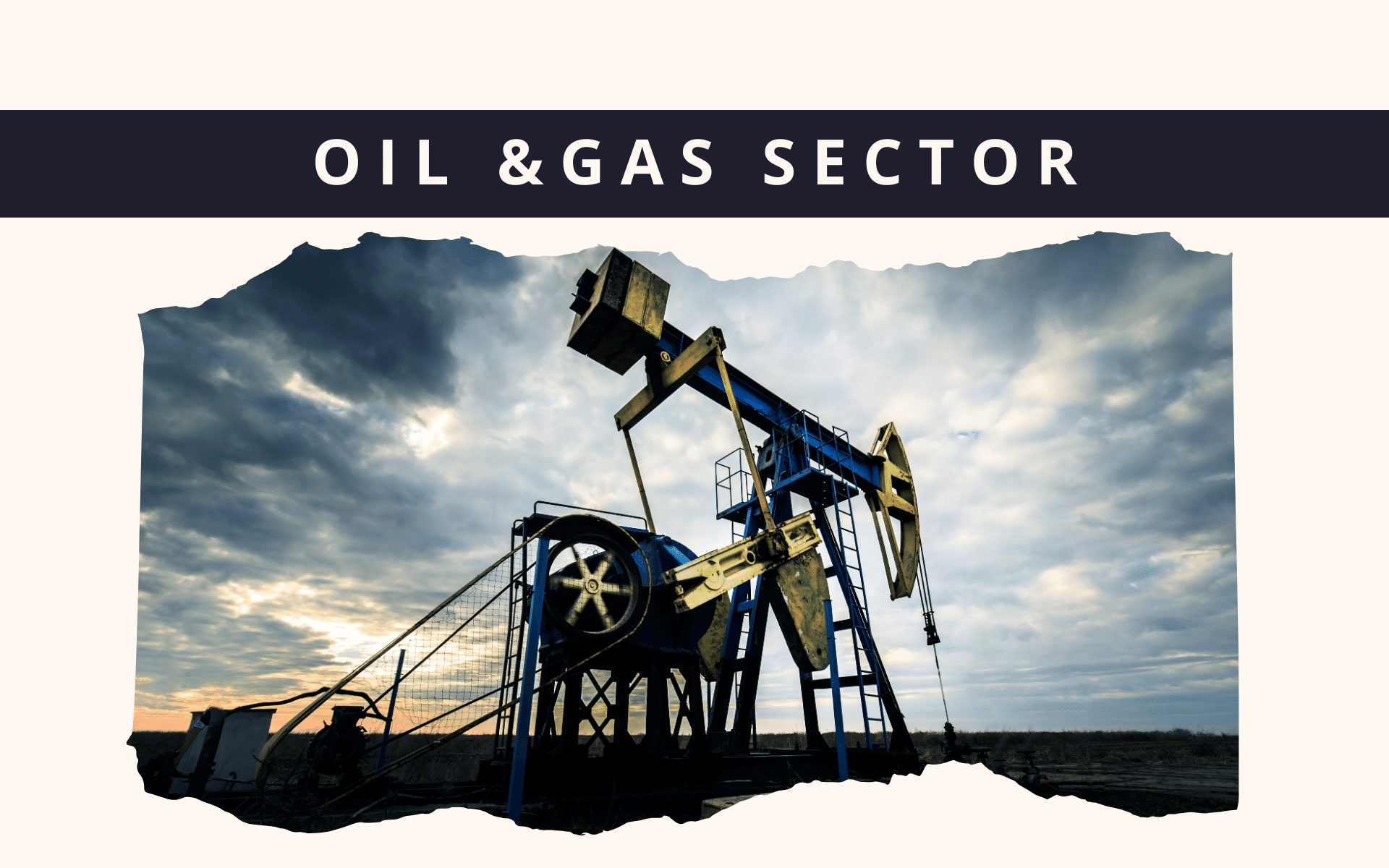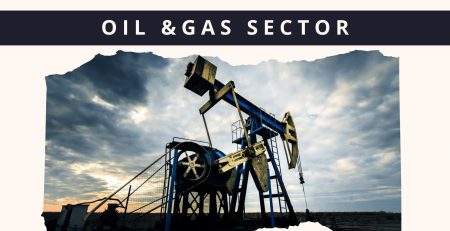Pakistan’s Hydrocarbon Reserves see notable growth in 2024
As of June 2024, Pakistan’s hydrocarbon reserves experienced a notable uptick, with a 2% YoY increase, reaching a total of 3,544 million barrels of oil equivalent (BOE).
This growth is largely attributed to the expansion in oil reserves and the addition of newly discovered wells, contributing significantly to the country’s overall hydrocarbon reserve base.
📢 Announcement: We're on WhatsApp – Join Us There!
Oil Reserves
Pakistan’s oil reserves witnessed a substantial 26% YoY increase, reaching 243 million barrels (bbl) by June 2024, up from 193 million bbl in June 2023.
This sharp rise can be attributed to the significant expansion in reserves across major oil fields.
Noteworthy contributions came from fields such as Pasakhi/Pasakhi North East, Thora, Sono, Rajian, Bolan East, Kal, and Kunar, which saw their reserves multiply several times over.
For instance, the reserves in Kunar surged by an impressive 11 times, while Kal’s reserves increased eightfold.
In addition to these major fields, new reserves from fields like Shewa, Toot Deep, and Nim East have further bolstered the country’s oil reserve levels, contributing 149 million barrels of oil equivalent (BOE) to the total.
However, it wasn’t all positive, as some fields such as Adhi, Bettani, and Makori East experienced declines in reserves, with reductions of 14%, 25%, and 36% YoY, respectively.
Gas Reserves
The gas reserves in Pakistan showed a modest 1% YoY increase, rising to 18,472 billion cubic feet (bcf) in June 2024 from 18,339 bcf in June 2023.
While this growth is less dramatic than that seen in oil reserves, it is still a positive indicator of the country’s energy resources.
The Uch and Mari Ghazij fields were significant contributors to this increase, with Uch reserves growing by 4% and Mari Ghazij’s reserves soaring by an impressive 23 times.
However, several key fields, including Sui, Qadirpur, and Kandhkot, witnessed declines in their gas reserves. For instance, Sui’s reserves decreased by 11% YoY, while Qadirpur’s reserves dropped by 16%.
Company-wise performance
The Oil and Gas Development Company (OGDC) saw its oil reserves swell by 56% YoY, reaching 136 million bbl, thanks to substantial increases in fields like Pasakhi and Kunar.
Meanwhile, MARI’s oil reserves surged by 71% YoY, supported by new reserves from fields like Shewa.
On the flip side, Pakistan Petroleum Limited (PPL) and Pakistan Oilfields Limited (POL) experienced declines in their oil reserves by 18% and 16% YoY, respectively.
In terms of gas reserves, OGDC, PPL, and POL saw reductions of 8%, 9%, and 11% YoY, respectively, while MARI stood out with a 17% YoY increase, driven largely by the substantial growth in reserves at the Mari Ghazij field.
With the reserve life of key companies ranging from 7 to 20 years, the future of Pakistan’s energy resources will depend heavily on strategic exploration and development efforts.
Source: Arif Habib Limited
⚠️ This post reflects the author’s personal opinion and is for informational purposes only. It does not constitute financial advice. Investing involves risk and should be done independently. Read full disclaimer →












Leave a Reply